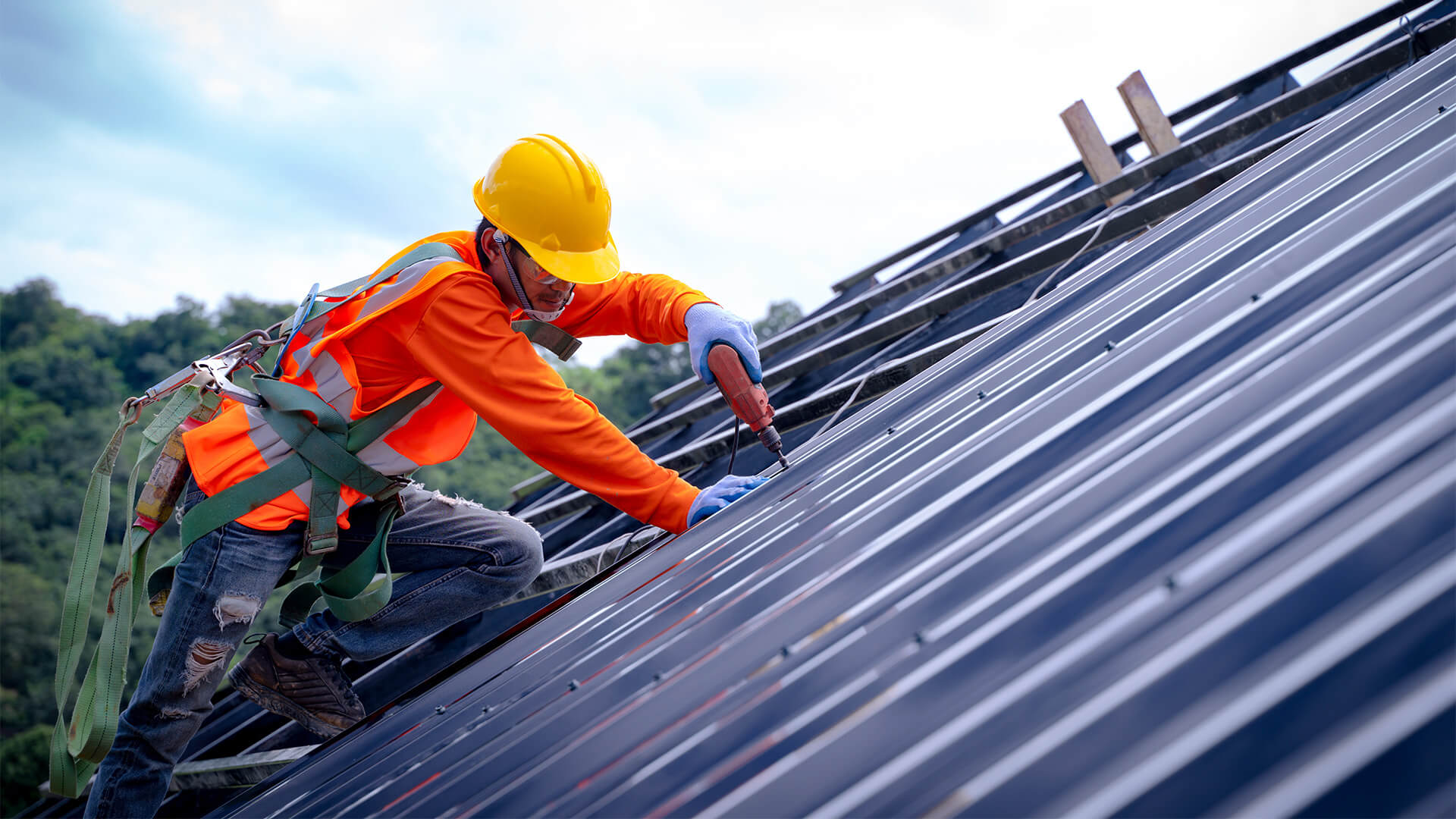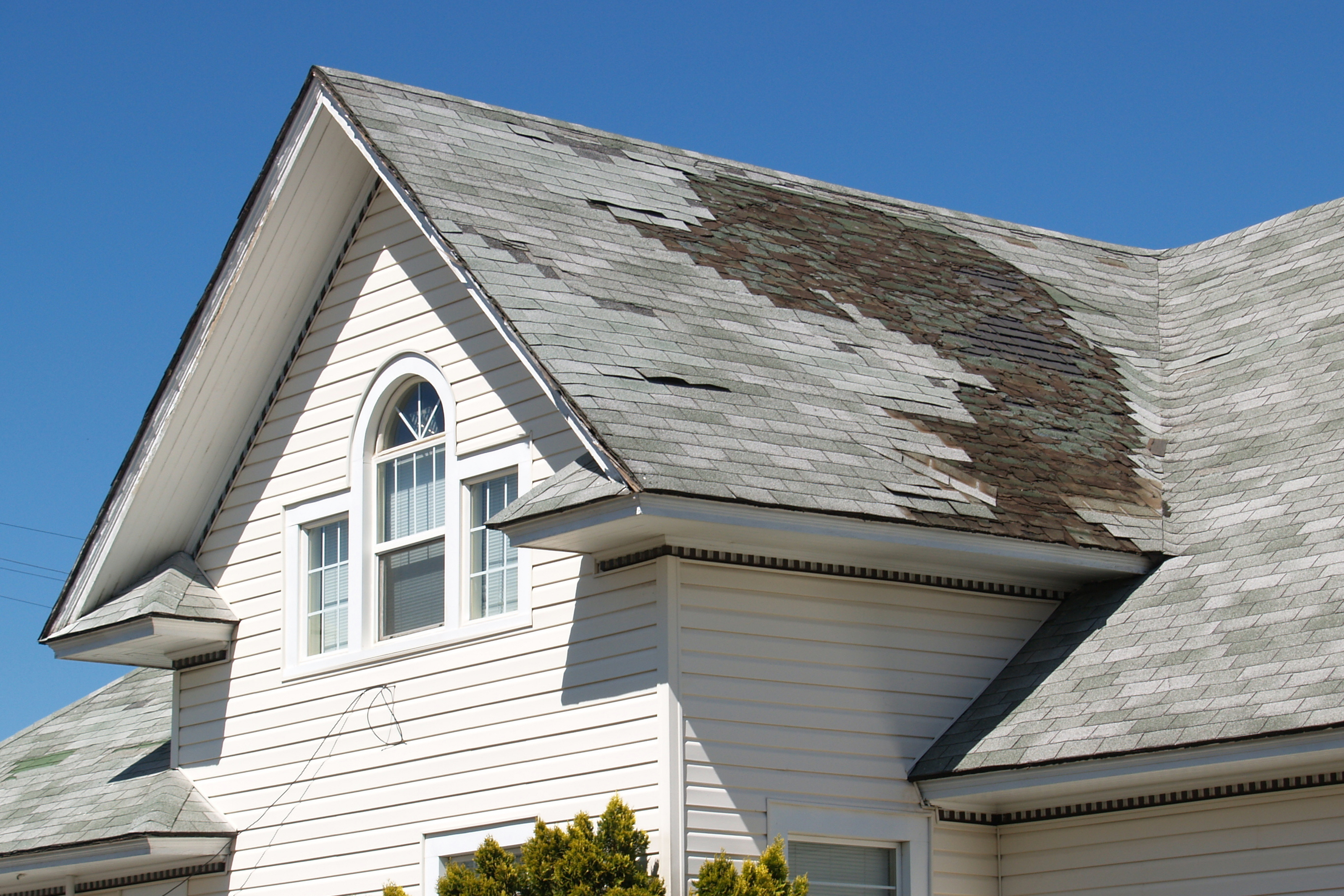Roofing Oahu: High Quality Providers for Sturdy Roofs in Oahu
Wiki Article
Understanding the Various Kinds of Roof Coverings: A Comprehensive Guide for Homeowners
In the world of homeownership, choosing the proper roofing design is a choice that lugs substantial implications for both capability and visual allure. With a range of alternatives-- varying from the traditional gable to the contemporary level-- each kind presents unique benefits and difficulties that should line up with the property owner's ecological factors to consider and details demands. Recognizing these differences not only help in making an informed option yet also influences long-term upkeep and power efficiency. As we discover the ins and outs of various roof covering kinds, it comes to be noticeable that one size does not fit all; the ideal choice may amaze you.Gable Roofings
Saddleback roofs, identified by their triangular shape, are among the most preferred roof covering styles due to their simplicity and efficiency in shedding water and snow. This style features 2 sloping sides that meet at a ridge, permitting for efficient water drainage and decreasing the risk of water accumulation. The steep pitch frequently connected with saddleback roofs improves their capability to handle hefty precipitation, making them appropriate for numerous environments.In addition to their functional benefits, saddleback roofs offer visual flexibility. They can be adapted to numerous building designs, from typical to modern homes. The style can additionally suit added features such as dormer windows, which boost natural light and air flow in the attic area.
In addition, saddleback roofs give ample room for insulation, contributing to energy efficiency. Home owners can pick from a range of roof products, consisting of asphalt roof shingles, steel, and tiles, further enhancing personalization choices.
Despite their advantages, saddleback roofs might call for extra assistance in locations susceptible to high winds or heavy snowfall. Generally, the saddleback roof stays a popular choice because of its mix of functionality, longevity, and aesthetic appeal.
Flat Roofs
Level roofings are frequently recognized for their minimal layout and functional applications, particularly in business and industrial setups (oahu roofing). These roofs feature a virtually straight or horizontal surface area, which permits very easy building and versatile area use. While they might lack the aesthetic allure of pitched roofing systems, flat roofings offer various benefits, particularly in city atmospheres where making best use of room is importantOne of the key benefits of flat roofing systems is their access. House owners can make use of the roof area for various functions, such as rooftop yards, balconies, or photovoltaic panel installations. In addition, level roofings are typically a lot more economical to mount and keep contrasted to their sloped equivalents, as they require fewer materials and labor.
Nonetheless, flat roofings do existing specific challenges. Proper water drainage is important to avoid water merging, which can bring about leakages and structural damages. Thus, picking top quality waterproofing materials and regular examinations are vital for guaranteeing long life. Typical products made use of for level roof coverings consist of built-up roof covering (BUR), modified asphalt, and single-ply membrane layers, each offering distinct advantages. Generally, level roof coverings serve as a useful and versatile choice for lots of house owners and organizations alike.
Hip Roofs
Hip roof coverings are defined by their sloped sides that merge on top, creating a ridge. This layout stands out from gable roofings, as all 4 sides of a hip roof slope downwards towards the his response walls, providing a much more stable structure. The angle of the inclines can vary, allowing for adaptability in architectural aesthetic appeals and performance.One of the primary advantages of hip roofing systems is their ability to stand up to hefty winds and unfavorable climate problems. The sloped surfaces allow much better water drainage, minimizing the threat of leaks and water damages. Furthermore, hip roof coverings supply increased attic room area, which can be used for storage and even transformed into comfortable areas.
Nevertheless, constructing a hip roofing system can be more pricey and complex than simpler roof covering types, such as gable roof coverings. The added material and labor involved in developing the inclines and making sure appropriate structural integrity can bring about greater costs. Despite these drawbacks, many home owners favor hip roofs for their durability, visual allure, and potential for power efficiency.
Mansard Roofs
Mansard roof coverings, typically acknowledged by their special four-sided layout, attribute 2 slopes on each side, with the reduced slope being steeper than the upper. This building style, stemming from France in the 17th century, is not just visually enticing but practical, as it makes best use of the usable space in the top floors of a structure. The steep reduced slope enables for even more headroom, making it a suitable choice for attic rooms or loft spaces, which can be exchanged living spaces.Mansard roofing systems are characterized by visit this web-site their flexibility, suiting various architectural styles, from conventional to modern. They can be created with different products, consisting of asphalt tiles, slate, or metal, supplying property owners with an array of options to match their preferences and spending plans. In addition, the style enables for the integration of dormer windows, boosting natural light and ventilation in the top levels.
However, it is important to take into consideration the possible disadvantages. Mansard roofs might require even more maintenance due to the intricacy of their layout, and their high inclines can be testing for snow and rainfall overflow. Overall, mansard roof coverings combine style with practicality, making them a popular option amongst house owners seeking distinct building features.
Shed Roofs
As house owners increasingly look for simplicity and functionality in their architectural layouts, shed roofings have become a prominent choice. Defined by a solitary sloping aircraft, a shed roofing presents a minimal aesthetic that enhances various home styles, from contemporary to rustic.One of the key advantages of a shed roofing is its straightforward construction, which usually translates to decrease labor and material prices. This style enables reliable water drainage, minimizing the threat of leaks and water damages. In addition, the upright slope provides enough area for skylights, boosting natural light within the inside.
Lost roofs likewise provide adaptability in terms of usage. They can be properly incorporated right into enhancements, garages, or exterior frameworks like pavilions and sheds. Moreover, this roofing system design can fit different roof materials, including steel, asphalt shingles, and even eco-friendly roofs, lining up with environment-friendly initiatives.
Nonetheless, it is important to consider regional climate conditions, as heavy snow lots might necessitate changes to the roofing's angle or framework. In general, shed roofings offer a useful and aesthetically pleasing option for home owners looking to optimize capability without endangering style.
Verdict


Gable roof coverings, identified by their triangular form, are amongst the most preferred roofing designs due to their simplicity and effectiveness in shedding water and snow. oahu roofing. The high pitch typically connected with gable roofings enhances their capability to take care of hefty rainfall, making them appropriate for various climates
While they may do not have the aesthetic charm of pitched roofs, flat roofs use countless benefits, specifically in urban environments where making best use of room is critical.

Report this wiki page